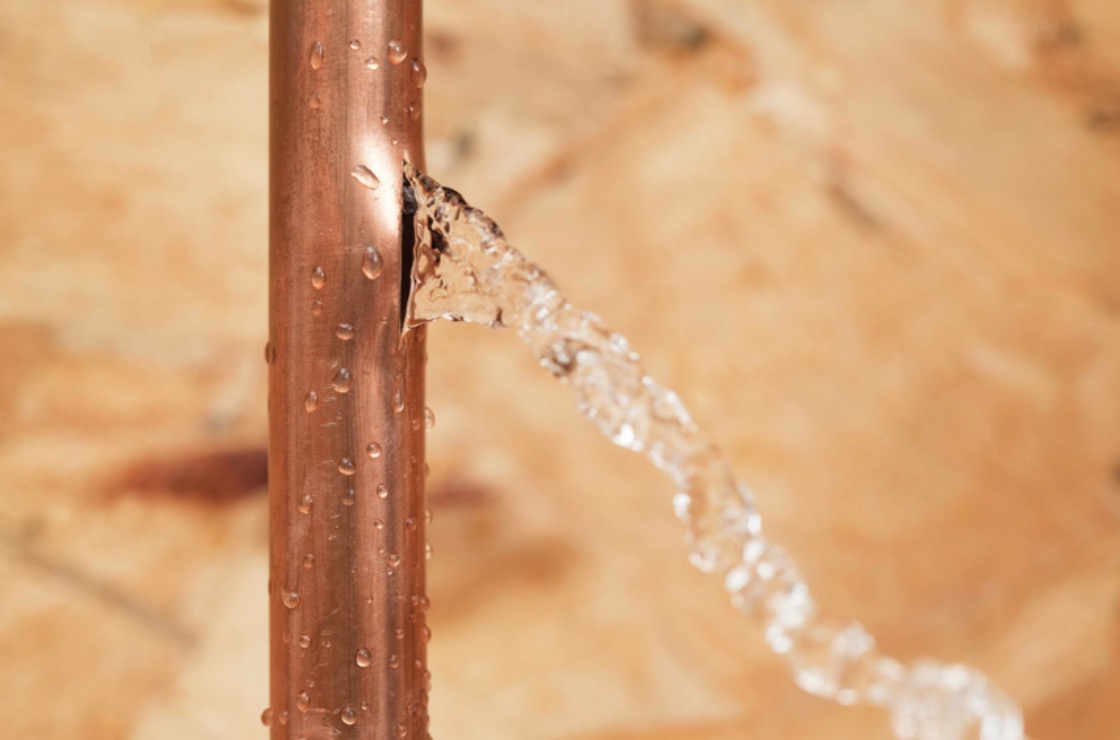The Residential Principal Typical Causes of Leak Problems: In-Depth Analysis
The Residential Principal Typical Causes of Leak Problems: In-Depth Analysis
Blog Article
We have uncovered the article on How Fast Water Damage Can Ruin Your Home down the page on the web and think it made good sense to talk about it with you in this article.

Leaks not only create waste of water however can likewise cause unneeded damages to your residence and also promote undesirable organic development. Sadly, water leakages may go unnoticed given that the majority of the pipework in our home is concealed. By recognizing and looking for daily circumstances that trigger leakages, you can protect your residence from future leaks as well as unneeded damages. Today, we will certainly look at 6 leak creates that may be triggering your pipelines to trickle.
Instantaneous temperature level modifications.
Extreme temperature level changes in our pipelines can trigger them to increase and also acquire unexpectedly. This development as well as contraction may trigger splits in the pipes, particularly if the temperature level are below cold.
Rusty water supply
As time passes by, your plumbing system ages and corrosion such as rust might begin eating away the pipelines. This might be the root cause of staining or bending on your pipes. This calls for an assessment with your plumber right away. If our plumbing system is old, consider replacing the pipelines considering that they go to a greater danger of corrosion than the newer designs.
Defective Pipe Joints
The factor at which your pipelines attach is often the weakest link in the waterline. Pipe joints can wear away with time, causing water leakages. Unfortunately, most of pipeline joints are not quickly visible. If you have noisy pipes that make ticking or banging sounds, particularly when the warm water is activated, your pipe joints are possibly under a great deal of pressure. It is a good idea to have your plumber check your system yearly.
Elbowing in roots
Most water leaks begin outside the residence rather than inside it. You might notice wet patches or sinkholes in your backyard, as well as that may imply that tree roots are attacking water lines creating water to leak out.
Poor Water Connectors
At times, a leak can be caused by loose pipes as well as pipelines that supply your devices. In instance of a water links leakage, you might observe water running directly from the supply line or pools around your appliances.
Clogged Drains
Obstructed drains may be annoying and also inconveniencing, yet they can sometimes wind up triggering an overflow causing rupture pipelines. Keep removing any products that may go down your drains pipes that could obstruct them to avoid such inconveniences.
All the above are sources of leakages but not all water leakages result from plumbing leakages; some leakages may originate from roof covering leakages. All leaks need to be repaired right away to avoid water damages.
Leaks not only cause waste of water however can likewise cause unneeded damages to your house and also promote unwanted natural growth. By looking and understanding for everyday circumstances that trigger leakages, you can safeguard your house from future leakages as well as unneeded damages. Today, we will certainly look at 6 leak creates that may be triggering your pipes to trickle.
At times, a leak can be triggered by loosened tubes as well as pipelines that supply your home appliances. In instance of a water links leakage, you might observe water running directly from the supply line or puddles around your home appliances.
How To Check For Water Leak In Your Home
How To Check for Leaks
The average household's leaks can account for nearly 10,000 gallons of water wasted every year and ten percent of homes have leaks that waste 90 gallons or more per day. Common types of leaks found in the home are worn toilet flappers, dripping faucets, and other leaking valves. These types of leaks are often easy to fix, requiring only a few tools and hardware that can pay for themselves in water savings. Fixing easily corrected household water leaks can save homeowners about 10 percent on their water bills.
To check for leaks in your home, you first need to determine whether you're wasting water and then identify the source of the leak. Here are some tips for finding leaks:
Take a look at your water usage during a colder month, such as January or February. If a family of four exceeds 12,000 gallons per month, there are serious leaks.
Check your water meter before and after a two-hour period when no water is being used. If the meter changes at all, you probably have a leak.
Identify toilet leaks by placing a drop of food coloring in the toilet tank. If any color shows up in the bowl after 10 minutes, you have a leak. (Be sure to flush immediately after the experiment to avoid staining the tank.)
Examine faucet gaskets and pipe fittings for any water on the outside of the pipe to check for surface leaks.
Undetected water leaks can happen without the home or business owner even realizing. If you suspect a water leak, but not able to find the source. It is time to contact a professional water leak detection service, The Leak Doctor.
How To Find a Water Leak In Your Home
https://www.leakdoctor.com/blog/How-To-Check-For-Water-Leak-In-Your-Home_AE197.html

We had been made aware of that article on Top Causes of Home Water Leaks from an associate on our other web page. Liked our piece? Please share it. Let another person find it. Thanks for your time spent reading it.
Plumbing care available. Report this page